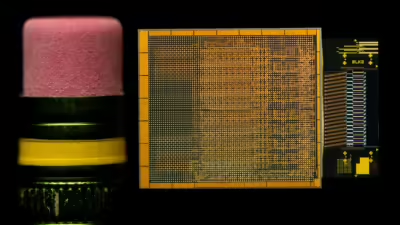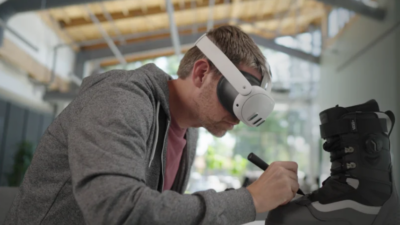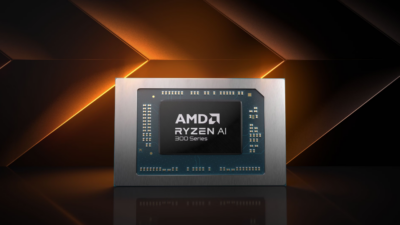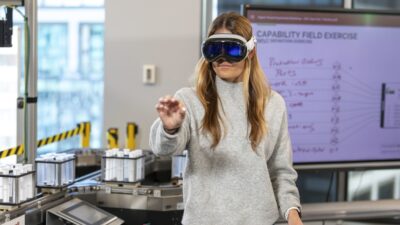Lenovo’s AI-ready technologies help designers, engineers and businesses leverage generative AI for creative and efficient workflows.
Lenovo and Intel have sponsored this post.
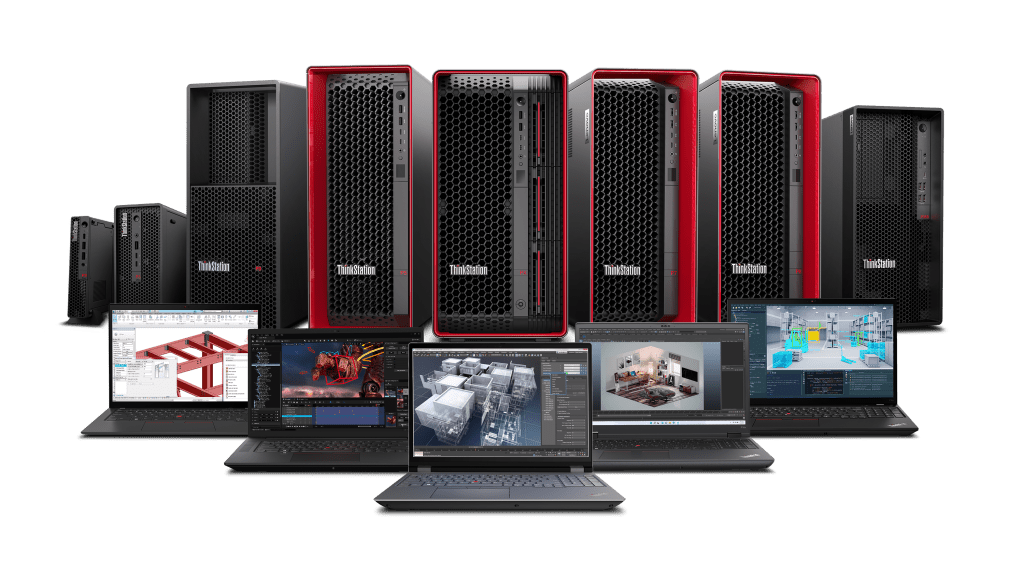
The architecture, engineering, construction and operations (AECO) industry is, at its heart, an industry that brings together people from a variety of disciplines to take on one cohesive — and often ambitious — undertaking. And like many industries, AECO is primed for transformation thanks to digital technologies powered by generative artificial intelligence (GenAI) such as building information modelling (BIM), digital twins, cloud computing and data-driven decision-making.
AI has already been present in AECO for more than a decade and has been used in applications ranging from simulation and analysis to generative design. The difference is that the applications are now often referred to as “AI assisted workflows” and have increasingly sophisticated natural language capabilities.
“AI models are advancing at enormous rates, with agents coming on scene to solve repetitive tasks and freeing individuals to focus on what they do best: creative and innovative thinking,” says Chris Ruffo, Worldwide Engineering and Architecture Manager for Lenovo’s Workstation Solutions and Vertical Industries.
GenAI in particular is poised to have a significant impact on AECO workflows. GenAI can help automate the creation of documents and reports, reducing the time and worker effort — as well as the overhead — needed to generate them, in the process optimizing workflows to reduce redundancies and inefficiencies. The technology can also boost workforce agility and upskilling by providing workers with personalized on-demand guidance and training.
Scan-to-BIM is another AI application growing in AECO. This technology involves the conversion of lidar-scanned point cloud data into a BIM model, using AI to register scans together and automate the process.
AI will also help automate the creation of architectural drawings and visualizations. AI can generate detailed and accurate models in minutes instead of the hours or even days required in the past. Once those designs have been generated, they can be updated or changed in near-real time. This opens the door to immersive extended reality (XR) experiences. “We can do virtual walkthroughs of different stages of a project, or even a completed project, which allows the client to experience the space before it is built – and make any needed changes before costs are sunk into the project,” Ruffo says.
“Cost estimation, generative design, inconsistencies or clash identification in elements of architectural, structural and MEP” will all be made easier with the assistance of AI, Ruffo adds. “AI models can also be used to better account for variables like noise, wind, and a high carbon footprint, in order to make better and more sustainable designs.”
Powering your digital transformation with Lenovo workstations
AI-capable workstations will be needed at every phase of a project, from design to planning to construction, to enable collaboration and streamline development processes. This is where Lenovo’s portfolio of AI-ready hardware provides solutions comes in. The company’s ThinkStation and ThinkPad P Series workstations feature the latest generation CPUs and GPUs which are purpose-built for challenging AI tasks.
“Intel’s Xeon W series processors, available in many Lenovo ThinkStation P series workstations, feature embedded technologies that enable AI workloads,” says Ruffo. “With support for Intel AVX-512 and Vector Neural Network Instructions (VNNI), these systems deliver significant performance improvements for AI inference tasks—enabling professionals in fields like architecture, engineering, and construction to start leveraging AI-enhanced workflows, including natural language processing and real-time video enhancements.”
The ThinkStation PX has Intel Xeon Scalable processors and support for up to four NVIDIA RTX 6000 Ada Generation GPUs to process intensive AI and visualization workflows. This includes training low-rank adaptations for Stable Diffusion AI models — a deep learning text-to-image generative AI model — and Chaos V-Ray AI tools for real-time rendering of photorealistic visualizations.
The ThinkStation P3 Ultra Small Form Factor desktop features a 3.9L compact chassis and is geared to sophisticated workflows that require adaptability and space optimization. It can be rack-mounted, customized and scaled to take on increasingly complex and intricate workflows.
For mobile users, the ThinkPad P1 Gen 7 features Intel Core Ultra processors and an NVIDIA RTX 3000 Ada Generation GPU to boost flexibility and performance. Its built-in Intel NPU processes light, continuous AI tasks, while the GPU handles more demanding day-to-day AI computing — enabling AECO professionals to engage in tasks that range from 3D modeling to AI training.
Lenovo workstations can also leverage the power of AI to upscale lower-resolution images into higher quality visuals without sacrificing frame rates, and support real-time visualization with NVIDIA’s Deep Learning Super Sampling (DLSS) technologies.
Workstations or cloud platforms? It depends on what you need
Companies in the AECO industry must factor in how to invest strategically in GenAI technology. Design shops may be using older GPUs that can’t handle current AI workloads, but buying GPUs for on-premise use can require considerable investment. On the other hand, while cloud GPUs and computing resources can be scalable, it can be cost-prohibitive to do so.
And cloud-based systems are not always necessary, Ruffo points out. “AEC Professionals will need a cloud environment when developing their own AI foundation models, or when data requirements are too large for the workstation. The cloud can also be used when there is a need for cloud services that cannot be supplied locally to the workstation. When concurrent collaboration across distances is needed, a cloud platform may be the way to go.” But workstations are often the better choice when you don’t need to compute massive amounts of data for model development, or if your collaboration is primarily small local teams.
“All of the benefits of the cloud come at a cost,” says Ruffo. “So you have to balance that against the benefit of doing things on a workstation.”
Open-source models can provide a solution that enables budget-conscious companies to acquire a model that can be fine-tuned for the company’s needs, while avoiding the need to build and train a new model from scratch – and the hardware or cloud costs that come with model development.
To support access to these models, Lenovo has partnered with Anaconda, an open-source distribution platform for Python and R programming languages and tools for AI. ThinkStation and ThinkPad workstations include Anaconda Navigator, which gives users access to Anaconda’s software on top of Lenovo’s hardware.
Bringing digital transformation to your workspace
Digital transformation isn’t a one-time decision — it’s a journey. Powerful, reliable hardware is the key to unlocking GenAI’s potential for designers, engineers and businesses alike — so they can collaborate on and create truly memorable AECO projects, innovate the way they do business and boost the bottom line.
Find out more about how Lenovo workstations can power your digital transformation.
